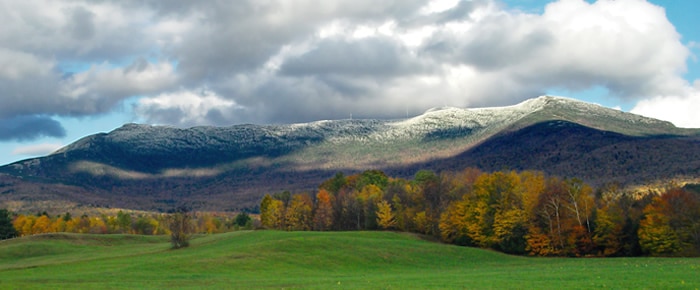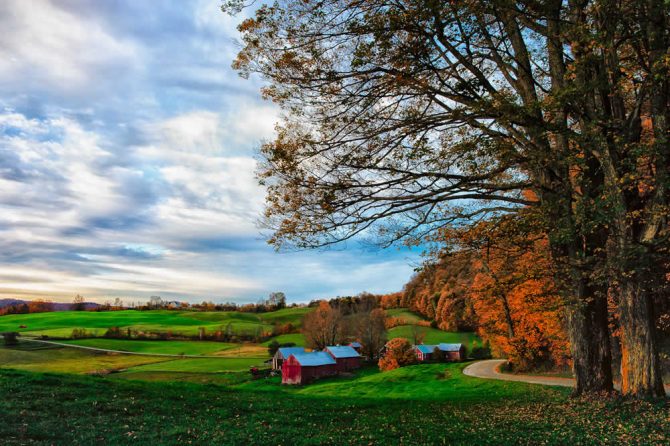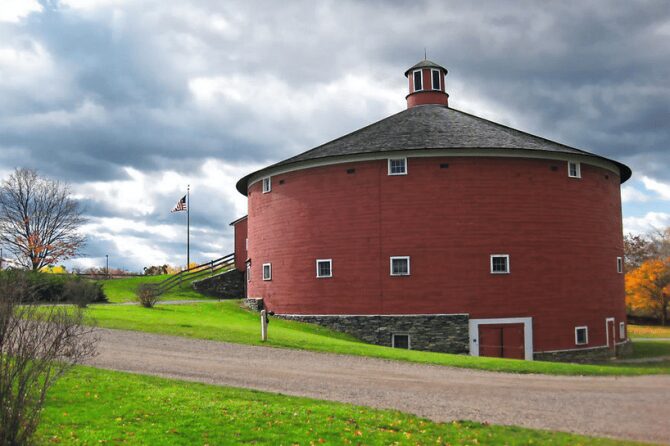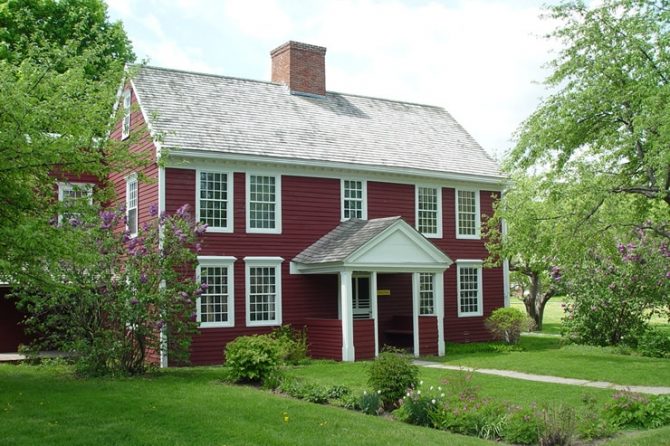Mount Mansfield, the highest peak in Vermont, is a prominent landmark that has captured the imagination of many. The origin of its name, however, is steeped in legend and history.
According to one account, the mountain was named after Colonel John Mansfield, a colonial-era surveyor who explored the region in the 18th century.
However, a more widely accepted explanation ties the name to a Native American legend.
The Mount Mansfield Native American Legend
Another, more intriguing explanation, ties the mountain's name to a Native American legend. In this version, the mountain was named after a powerful tribal leader known as “Mansfield,” who was said to have lived on the mountain and guarded its secrets. This legend adds a sense of mystique and cultural significance to the mountain's history.
The story goes that the mountain was named after an Indigenous chief named Moosalamoo, whose name was anglicized over time to “Mount Mansfield.” Moosalamoo was said to have been a respected leader of the Abenaki tribe who lived in the area.
Many of us long time Vermonters have heard this legend about Mount Mansfield before, yet many have not.
The origin of the name Mount Mansfield is disputed amongst various sources. According to Wikipedia, the mountain was named after the town of Mansfield, Vermont, which existed until 1839 when it was divided between Underhill and Stowe.
However, there are competing theories about the origins of the town's name. Some claim it was named for Mansfield, Connecticut, while others believe it was named after Moses Mansfield, a Connecticut landowner. An additional source suggests Mount Mansfield was originally called Mozodepowadso, or “Moosehead Mountain,” by the native Abenaki people. It is also said that it later acquired the English name Mansfield from settlers in the area.
Mount Mansfield the “Sleeping Giant”?
A third origin legend holds that the mountain was formed by a sleeping giant who never awoke. Regardless of its contested naming history, Mount Mansfield derives its distinct human-like shape and facial profile—with a discernible forehead, nose, lips, chin, and Adam’s apple—from certain angular perspectives. The mountain's unique profile, which is said to resemble a human face, has only added to the allure and mystery surrounding its naming.

From a Stowe, Vermont newspaper published on August 17, 1858. One version of a legend on Mount Mansfield’s formation: A giant from the far off south many years ago was walking northward on an exploratory journey, when he arrived in the Stowe area.
At this point “being fatigued with his journey, as night came on he laid him down to sleep, and unfortunately, he has never since awoke, but like the giant Rip Van Winkle sleeps on.” For decades, people have pointed to scenic Mount Mansfield in attempts to creatively distinguish the mountain’s “chin, nose and giant forehead”.
Mount Mansfield, a source of fascination and inspiration
Regardless of the exact origin, Mount Mansfield has long been a source of fascination and inspiration for those who visit the Green Mountain State. Its towering presence and rich history continue to captivate both locals and tourists alike. Mount Mansfield has long held a special place in Vermont's natural and cultural heritage. Its distinctive profile, with distinct “chin,” “nose,” and “forehead” features, has become an iconic symbol of the Green Mountain State.

Conclusion
While the exact origins of the name are not definitively known, this legend has persisted and become a widely accepted explanation for how Mount Mansfield got its distinctive moniker. The mountain's unique profile, which is said to resemble a human face, has only added to the allure and mystery surrounding its naming.
Today, Mount Mansfield remains an iconic natural landmark in Vermont, drawing visitors from near and far to experience its scenic beauty and rich historical legacy.
Thank you for visiting Vermonter.com! Please subscribe to our email list for the latest articles!












